
cd_nom
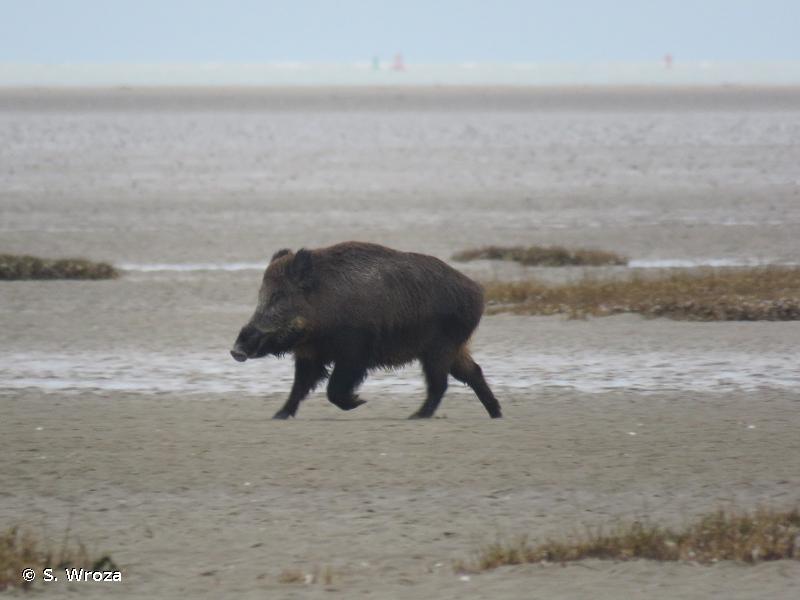
| Author : S. Wroza |
 |
Despite the Creative Commons license, please inform the author of the use which will be made of his photo
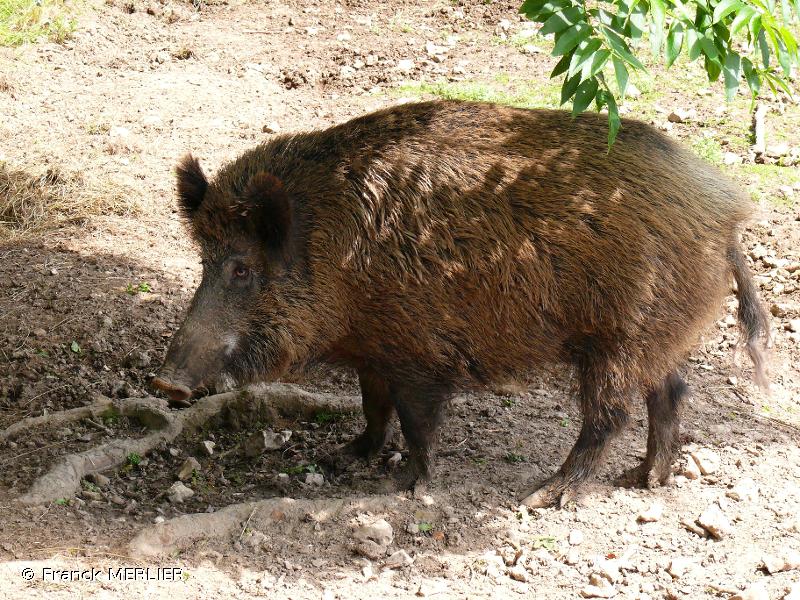
| Author : Franck MERLIER |
 |
To get the picture, please visit:
Franck Merlier
email : merlier_franck@yahoo.fr
Despite the Creative Commons license, please inform the author of the use which will be made of his photo

| Author : P. Gourdain |
 |
To get the picture, please visit:
Philippe GOURDAIN
Muséum national d'Histoire naturelle - Service du Patrimoine Naturel
36 rue Geoffroy Saint-Hilaire
CP 41
75 231 PARIS CEDEX 05
e-mail : inpn@mnhn.fr
Despite the Creative Commons license, please inform the author of the use which will be made of his photo

| Author : Nicolas Belcourt |
 |
To get the picture, please visit:
Nicolas Belcourt
http://www.nicolas-belcourt.photo
email : inpn@mnhn.fr
Despite the Creative Commons license, please inform the author of the use which will be made of his photo

| Author : P. Gourdain |
 |
To get the picture, please visit:
Philippe GOURDAIN
Muséum national d'Histoire naturelle - Service du Patrimoine Naturel
36 rue Geoffroy Saint-Hilaire
CP 41
75 231 PARIS CEDEX 05
e-mail : inpn@mnhn.fr
Despite the Creative Commons license, please inform the author of the use which will be made of his photo
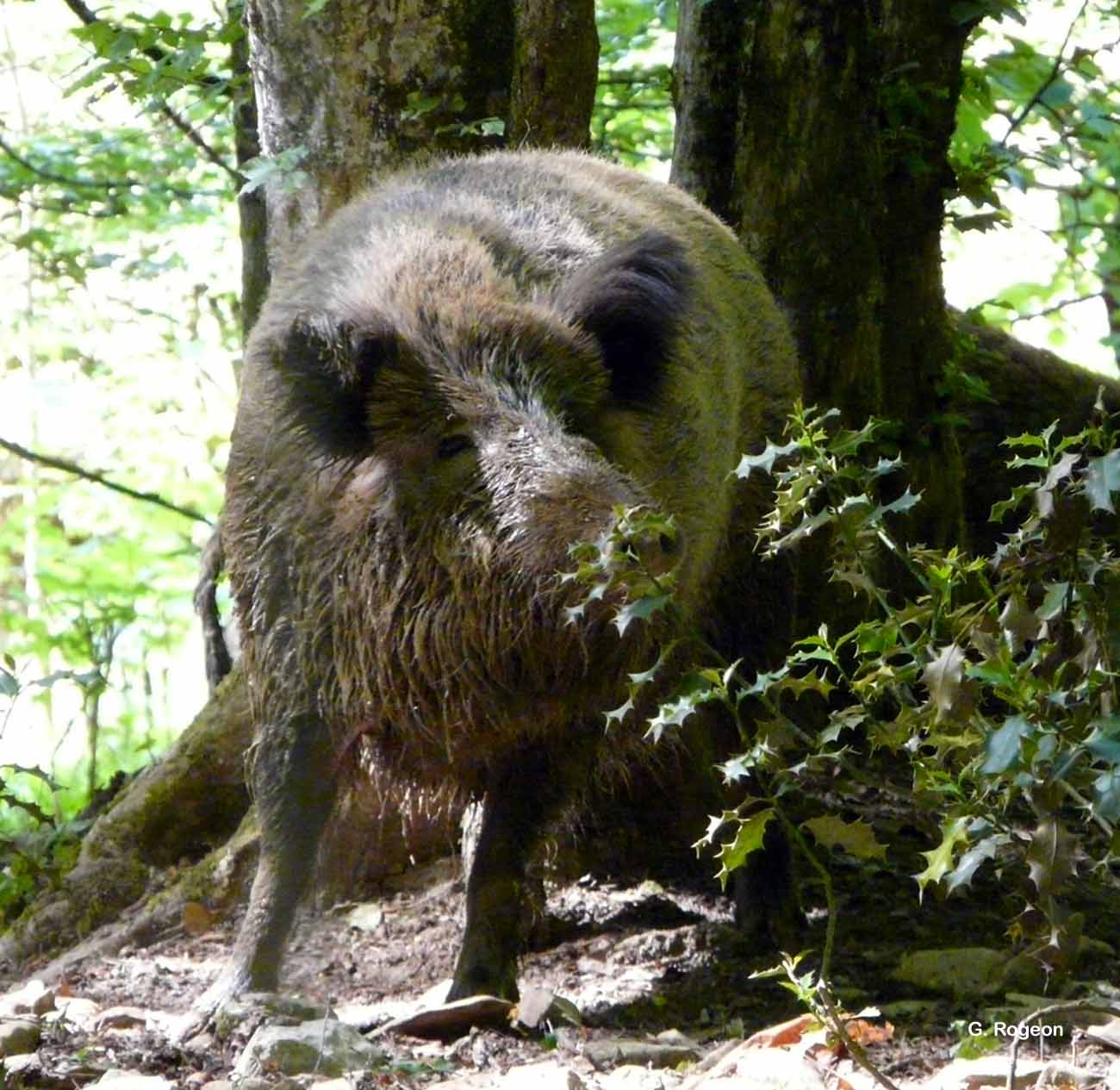
| Author : G. Rogeon |
 |
To get the picture, please visit:
Géraldine ROGEON
Muséum national d'Histoire naturelle - Service du Patrimoine Naturel
36 rue Geoffroy Saint-Hilaire
CP 41
75 231 PARIS CEDEX 05
e-mail : inpn@mnhn.fr
Legend: Besançon
Any reuse of one or more photographs on this site is subject to an authorization request from the author.
Link to the Code of Intellectual Property (Legifrance)
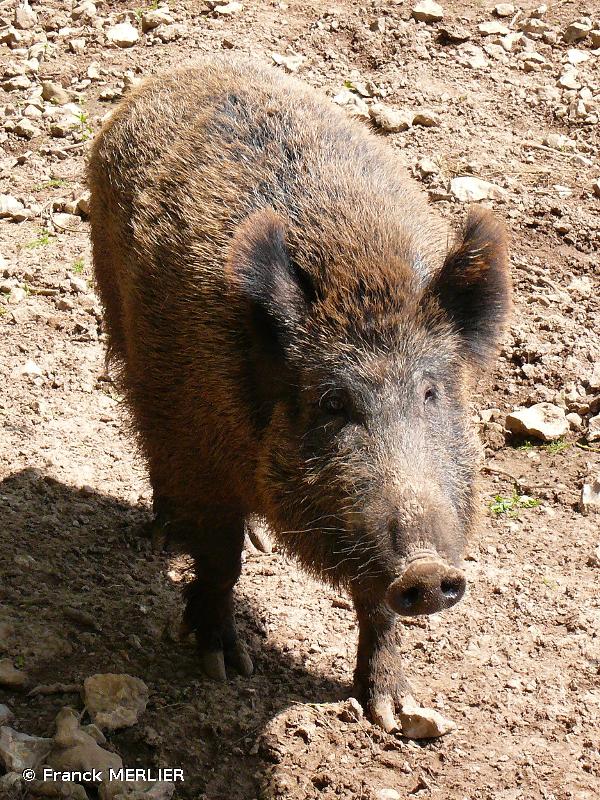
| Author : Franck MERLIER |
 |
To get the picture, please visit:
Franck Merlier
email : merlier_franck@yahoo.fr
Despite the Creative Commons license, please inform the author of the use which will be made of his photo
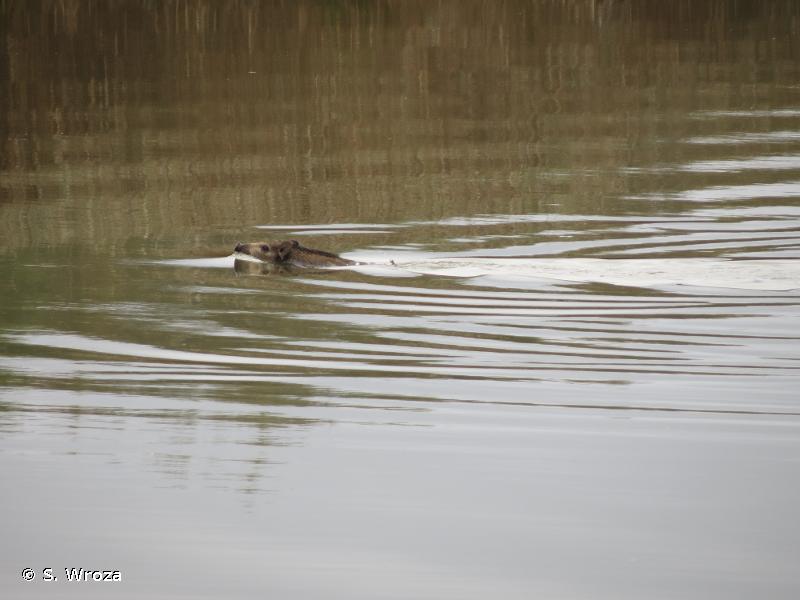
| Author : S. Wroza |
 |
Despite the Creative Commons license, please inform the author of the use which will be made of his photo
Taille : 105 à 170 cm plus 17 à 30 com pour la queue (mâle adulte), 100 à 146 cm plus 16 à 28 cm pour la queue (femelle adulte). Hauteur au garrot : 90 cm (adulte)
Poids : 100 à 130 kg (mâle adulte), 30 à 80 kg (femelle adulte).
Diagnose : Le sanglier a une silhouette trapue caractéristique, ressemblant au porc. Sa tête est plus massive et volumineuse que son arrière-train. Ses oreilles sont arrondies, très mobiles et dressées sur sa tête. La couleur de son pelage varie avec l'âge. Les marcassins (jeunes) ont un pelage rayé dans le sens de la longueur. De 6 mois à un an, le pelage devient plus roux tandis qu'il varie du gris au noir chez l'adulte. Les poils sont plus longs sur la ligne du dos, formant comme un crinière. Le mâle se différencie de la femelle par sa taille et ses défenses apparentes (canines inférieures).
Détermination : simple.
Période d'observation : Observable toute l'année, il s'active préférentiellement la nuit.Biologie-ethologie : Le sanglier s'accouple de novembre à janvier et met bas de mars à mai après une gestation de 115 jours. Le nombre de petits par portée varie de 4 à 7.Les mâles sont solitaires tandis que les femelles se regroupent en harde avec leurs petits. Omnivore, il se nourrit de glands, de racines, de vers de terre...Sa présence est facilement détectable grâce aux nombreux indices qu'il laisse derrière lui (boutis, frottis, souilles, empreintes..)
Biogéographique et écologie : Il se retrouve en Europe et en Asie du sud et fréquente tous type de milieux.
Référence bibliographique : Haffner, P. & Savouré-Soubelet, A. 2015. Sur la piste des Mammifères sauvages. Coll. L'amateur de la Nature. Dunod, Paris. 208 pp.
A. Savouré-Soubelet(UMS 2006 Patrimoine Naturel (AFB / CNRS / MNHN)),2015
Continental
Metropolitan France
Overseas
Marine
Metropolitan France
Overseas
The map presents a summary at the 10 x 10 km grid of the observation data for the species transmitted to the SINP. These data have been subjected to validation filters.
The map presents a reference distribution layer of the species at the scale of departments and marine sectors. The presence and absence data were established by expertise within a network of partners. This reference distribution is used in the validation process of the SINP data at the INPN level.
Corresponds to a report on the basis of at least one observation proved within a period of 10 years (20 years for little-known invertebrates) preceding the year and no presumption of extinction since obtaining the last data nor doubt on reproductive and implemented nature of this population. For migratory species, the presence indicated concerns areas of reproduction.
This status is based on one or more of the following criteria:
This point covers the absence, more difficult by nature to demonstrate than presence. This status is based on one or more of the following criteria:
This status must be assigned to a department in which the presence of the species is casual.
Particular case of absence due to a proven extinction less than a half century ago (older disappearances are treated as "no probable or definite").
In the state of knowledge, we can not comment on the presence or absence in the current department. This is the default status when not comprised in one of the previous categories or whenever there is doubt.
The map shows the global distribution of the species based on GBIF data (Global Biodiversity Information Facility).
